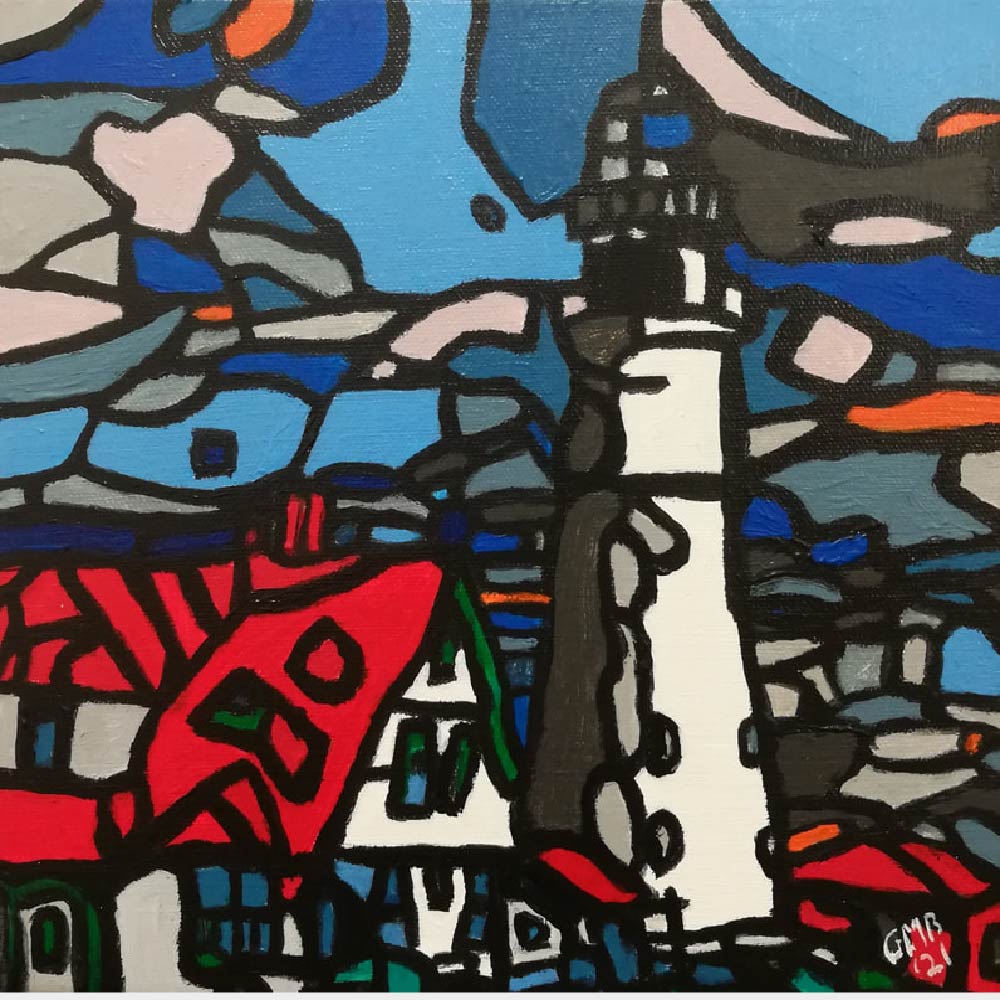A Definition of Reception Theory
Reception Theory judges an audience’s response to a particular communication method. In particular, it began as an analysis of how readers interpret literary texts. Interpretation is inherently built into Reception Theory. This means there is a gap, a difference of opinion, between what the communicator meant and what the audience understood. Reception Theory academics often tackle the two sides of the theory: what is communicated and what is interpreted.
How I Interpret Reception Theory
I work specifically with that space in between what is communicated and what is interpreted. To me, that space is fundamentally emotional. This is true because while agreement or disagreement can never be completely true, we associate these elements of communication with trust, which is one of humankind’s most basic and treasured emotions. There is always a tension or a harmony, or something in between, in every single communication. And since it is impossible to be completely confident in what is said or interpreted, that emotion that hangs in the air will always be partially unknown. It is this unknown that drives my work.
This is an abstract idea, so much of my work is abstract in nature.
More Thoughts on the Subject
Information is Relative and Directional
We know that information is directional. It always travels from the communicator to the audience. From a mass-media perspective, that information is so powerful that it often defines our identity. In other words, we decide who we are based on what we believe. We choose to believe a particular source because it fits with our beliefs. If that source provides us with information that fits our beliefs, then it hardens our identity. And our identity is often shaped by the earliest information we are given.
Therefore, much of my work challenges how we see things, or more aptly put, how we want to see things.
Genesis of the Project
This project is an aesthetic, conceptual-art philosophy that I started to develop during the events leading up to the 2016 coup d’etat that resulted the impeachment of the Brazilian President, Dilma Rouseff. Philosophically, it examines how the media and the media’s audience communicate with one another with the understanding that there’s a gap of understanding between the two parties. Aesthetically, it recreates in visual terms what that gap of understanding might look like if it were an actual place instead of a state of mind. The goal of this project is to map this place into a town, so to speak. This mapped town would be an art movement in of itself with many thousands of interpretation variations.
Links to Specific Projects Regarding this Approach
Broad Examples of Reception Theory as a Visual Art Gallery

Photography on Archival Paper (2021)
2448 x 3264 px

Watercolor on Paper (2017)
20 x 30 cm

Oil, Newspaper, Adhesive on Wood (2020)
22 x 30 cm

Acrylic on Canvas (2021)
25 x 25 cm

Oil on Board (2015)
30 x 40 cm

Oil on Paper (2019)
38 x 58 cm